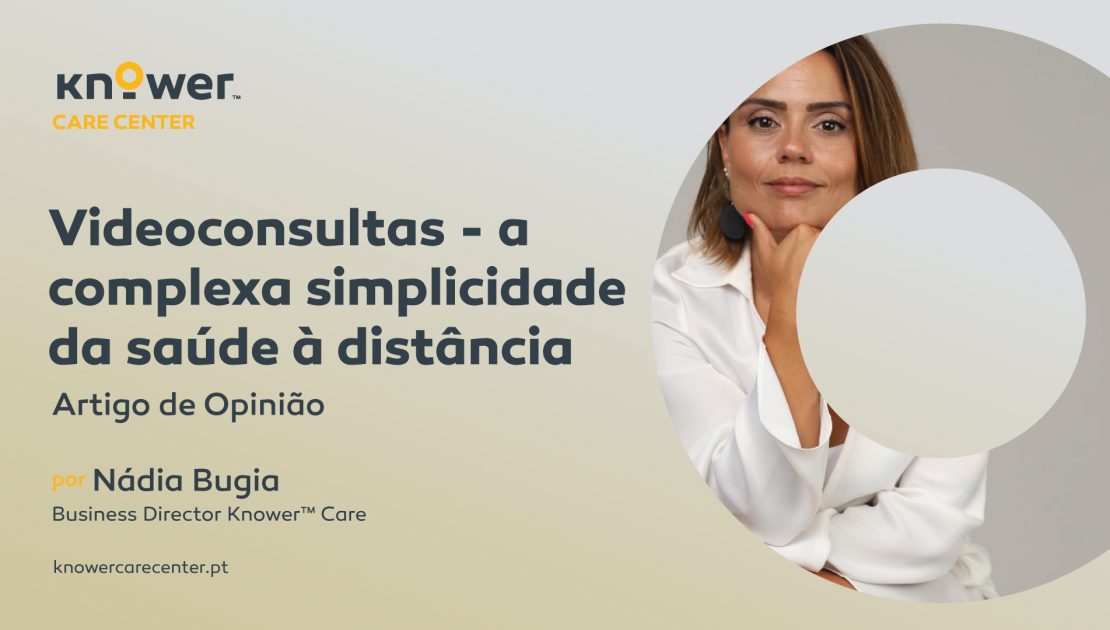I'll start by emphasising something that many people won't know: Telemedicine, in its most innovative form, has been installed in Portugal since the beginning of the century. It began as a technique to support medicine in various areas, most notably radiology, where examinations (X-ray/CTA/MRI), when they are performed, are placed on a platform that is accessible to doctors via a login from anywhere, and are reported and made available immediately, in order of priority. In 2012, 30% of Portuguese hospitals practised telemedicine activities, "particularly teleradiology, teleconsultation and telecardiology" (in INE.pt). These practices were a step forward in terms of waiting times in emergency services and the resolution of clinical cases, and they continue to be successful.
Video consultation is a more complex concept. Not in its form, on the contrary, but in its perception. While videolaparoscopy, robotic surgery or a remote medical report are easily perceived as something with a high degree of practicality and natural evolution, the video consultation, despite having been implemented (in Portugal) long after the first remote medical activities that our country experienced, in an era that was much more open to technological innovation, has suffered more antibodies than its predecessors. Why?
Perhaps because the majority of the population was not programmed for this concept, but also because the immediate understanding is that in a remote consultation you don't do the same as in a face-to-face consultation, which is correct. The main issue, which I constantly clarify to anyone who confronts me with this statement, is that this is not what video consultations are intended to do, not least because, logically, it wouldn't even be possible. Its function is to complement face-to-face consultations as far as possible, to save users time and reduce the disproportionate influx of patients to health services, by responding to cases that can be analysed remotely, but not only. Situations where all that's needed is a prescription, a declaration, a certificate, a second medical opinion... the possibilities are vast and, without doubt, video consultations are a way of breaking down distances with quality care tailored to the availability of each user.
False emergencies account for 40% of the situations (in Diário de Notícias, 05/04/2022) that lead a user to go to an emergency service. There are many factors that lead to this number, but have you ever thought about how many cases could easily be treated remotely? How many of us have been to the emergency room and gone home without the doctor having to touch us? Can you imagine how many people are more than 30 kilometres or even 50 kilometres from a hospital?
Nowadays, fortunately, it's easier for most people, including health professionals, to realise the advantages of telemedicine, telehealth and video consultations. But, as I've already explained, it wasn't always like this. However, I am very pleased to say that in 2021 79% of the Portuguese could imagine being treated by a doctor via teleconsultation and less than 1 in 10 Portuguese would reject an online consultation (research carried out by STADA, in rayx.co.uk).
There are still no relevant statistics on the uptake of video consultations in Portugal and their impact on user behaviour, but what I can venture to say is that new habits are easily gained when, through simple actions, we see improvements in our well-being and quality of life. That's why, once again, I would venture to say, without any reservation, that telehealth is here to stay and the possibilities for remote consultations and treatments are going to become increasingly vast, for the good of us all.

